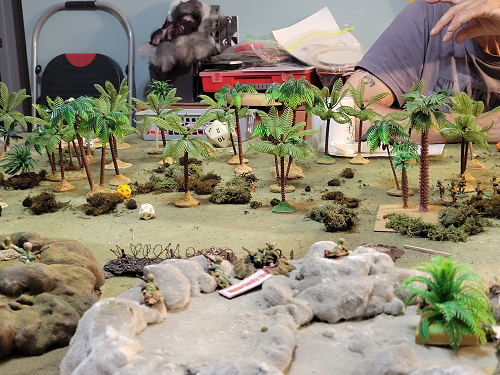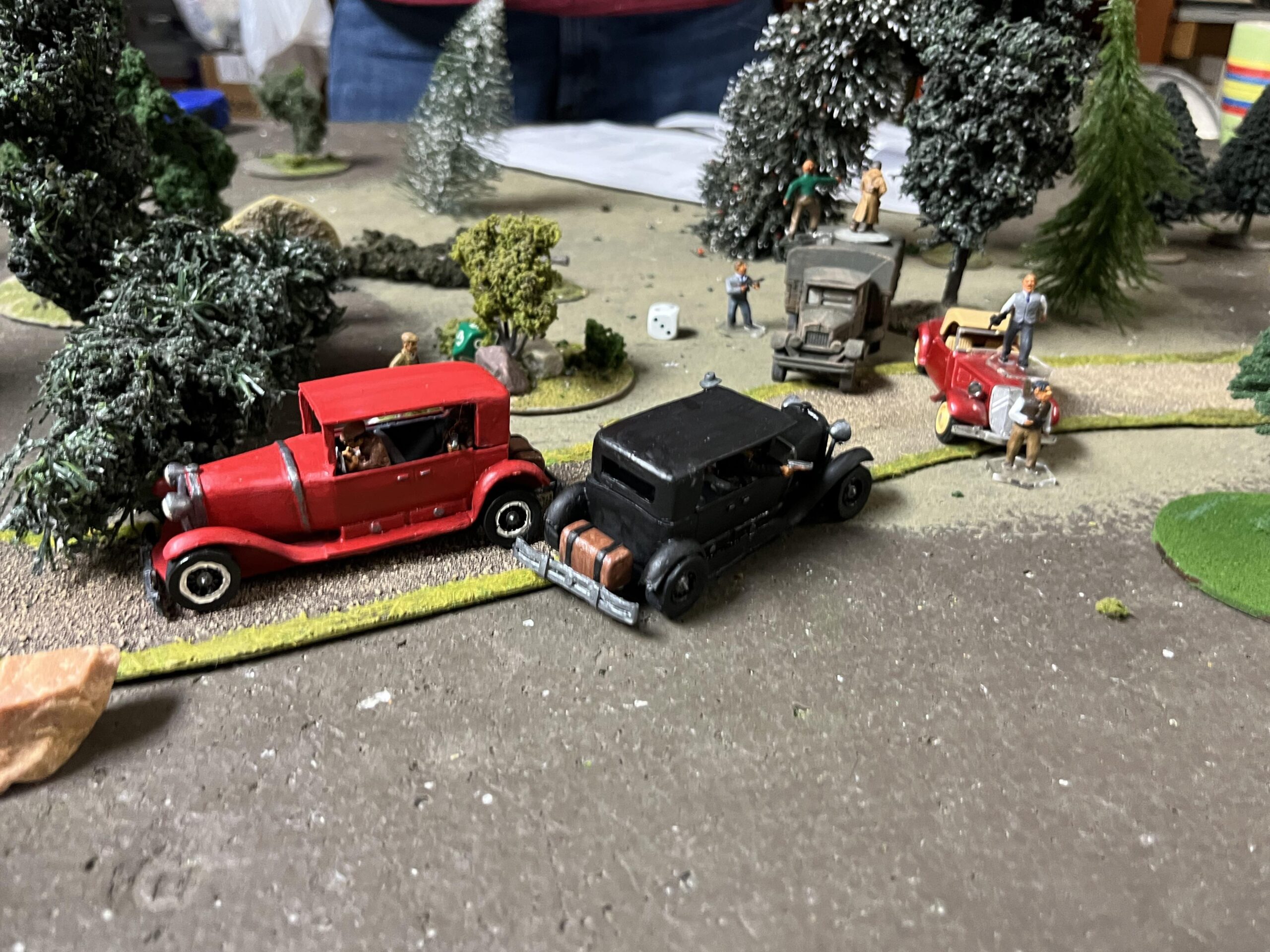World War II wargaming focuses on recreating the battles and campaigns of the Second World War, which took place from 1939 to 1945. This period witnessed massive global conflicts involving a wide array of nations and theaters of war. World War II wargaming allows players to immerse themselves in the strategies, tactics, and challenges of this monumental conflict. Here are some key aspects of World War II wargaming:
Historical Period: World War II wargaming covers the entire duration of the war, including major theaters such as the European, Pacific, and African campaigns. It explores the military strategies, tactics, and conditions of the war fought between the Allied Powers (including the United States, United Kingdom, and Soviet Union) and the Axis Powers (Germany, Italy, and Japan).
Factions: World War II wargames involve multiple factions representing the various nations and alliances involved in the conflict. This includes the Allied forces, such as the United States, Great Britain, Soviet Union, and their allies, as well as the Axis powers, including Germany, Italy, and Japan. Each faction has its own unique units, equipment, and military doctrines.
Unit Types: Wargames in this period feature a wide variety of unit types, ranging from infantry divisions, tanks, artillery, aircraft, naval vessels, and special forces units. Players command and maneuver these units on the battlefield, considering their individual capabilities, strengths, and weaknesses.
Combined Arms Warfare: World War II wargaming emphasizes the importance of combined arms warfare, where different types of units work together synergistically. Players must coordinate infantry assaults with armored support, provide air cover for ground operations, and employ artillery bombardments to support offensive or defensive actions.
Historical Battles and Campaigns: World War II wargaming often includes historical scenarios and campaigns that allow players to reenact specific battles or military campaigns. Examples include the D-Day invasion, the Battle of Stalingrad, the Battle of Midway, or the North African campaign. These scenarios add a narrative context and challenges based on real world events.
Technological Advancements: World War II witnessed significant technological advancements in warfare. Wargaming in this era reflects the use of tanks, aircraft, battleships, submarines, and innovations like radar and early computers. Players must consider the impact of these technologies on the battlefield and adapt their strategies accordingly.
Command and Control: World War II wargaming often includes rules for command and control, simulating the challenges faced by historical commanders. Players must manage their forces, issue orders, and deal with communication limitations. Effective command decisions can greatly influence the outcome of battles.
Terrain and Environments: World War II battles took place in diverse terrain, including open fields, dense forests, urban areas, and harsh environments like deserts or winter landscapes. Wargaming rules incorporate the impact of terrain on movement, cover, and line of sight. Players must adapt their tactics to leverage the advantages or overcome the challenges presented by specific battlefield conditions.
World War II wargaming offers an opportunity to delve into the complexities, strategies, and epic battles of one of the most significant conflicts in history. It allows players to engage with the challenges faced by both the Allied and Axis forces, experience the impact of technological advancements, and make strategic decisions within historical contexts. The period provides a rich and immersive setting for wargaming enthusiasts interested in World War II.
Who Makes WWII Wargaming Miniatures? | Rules for WWII Wargaming
Back to: Modern Wargaming


